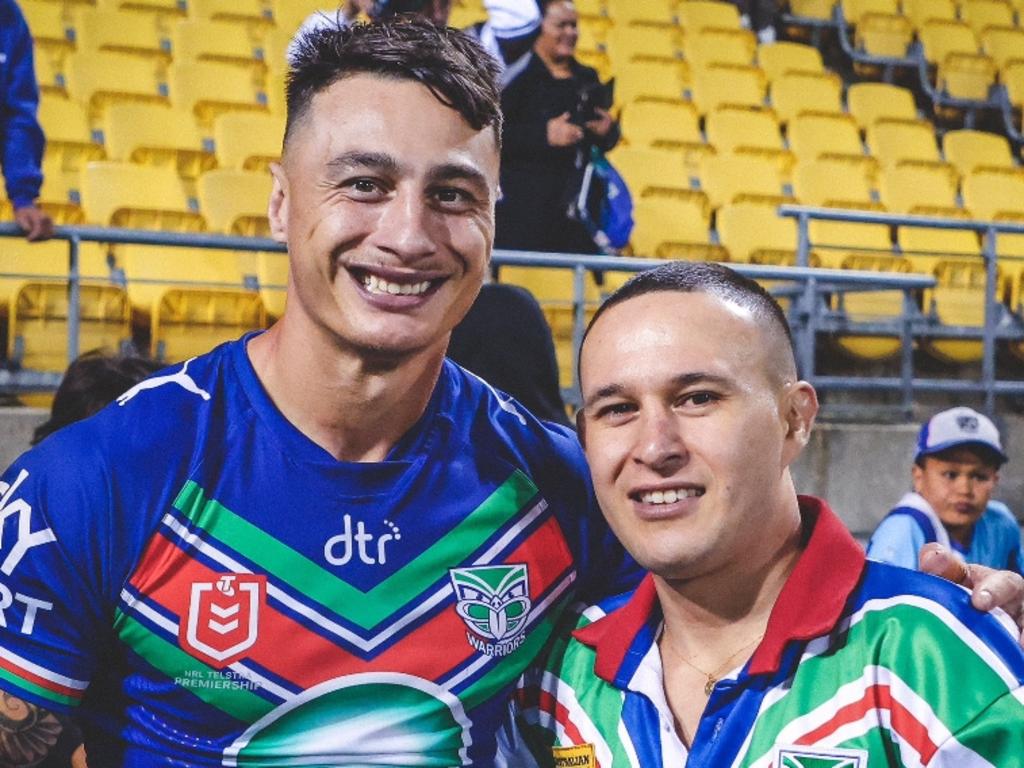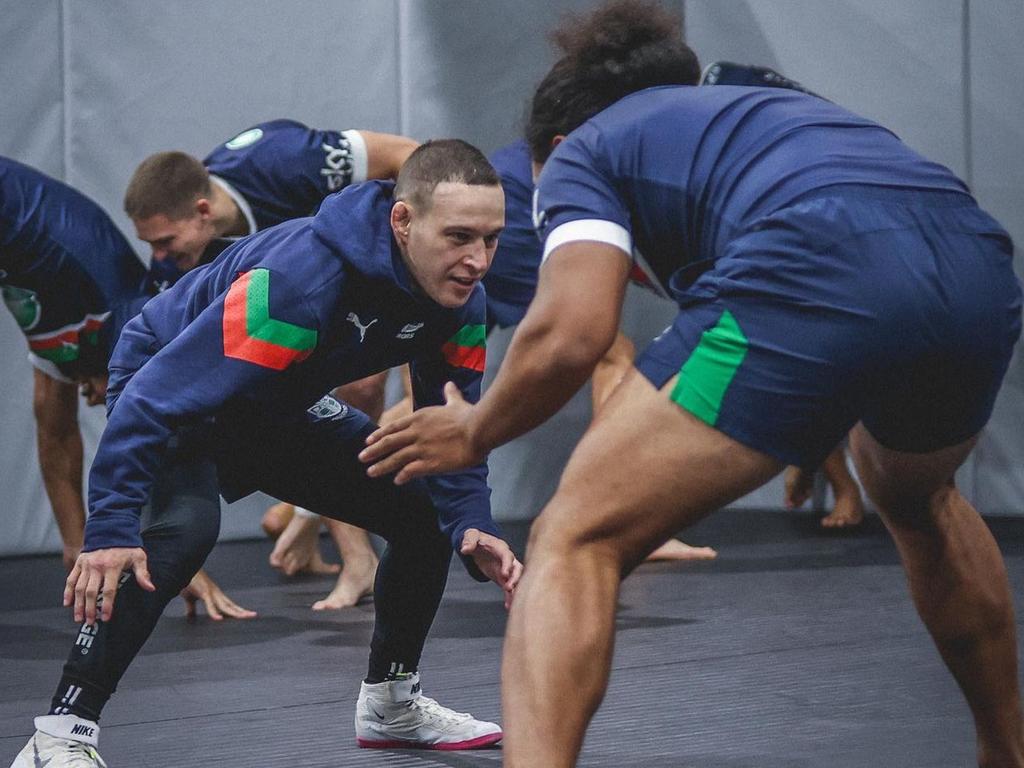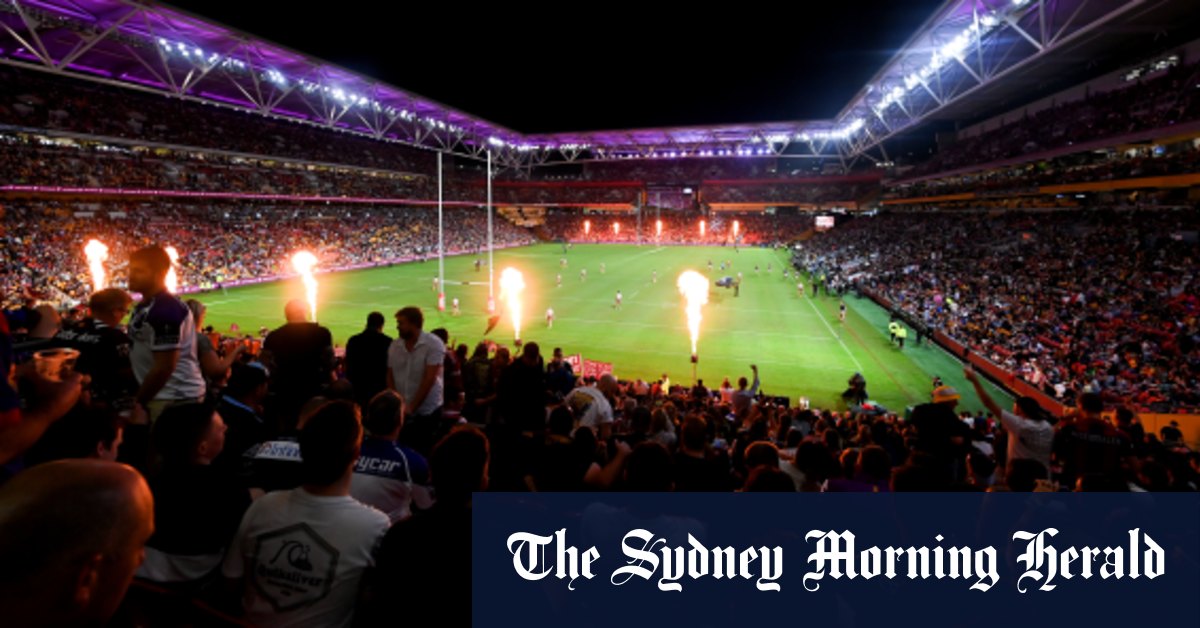I can understand some of the teams pulling out. The ones at the bottom of the table who need to get their act in order after years at the bottom of the table.
The teams that went this year talked about enjoying it and being willing to come back. I can understand them not being considered to spread the teams going around.
But it is quite a few listed as not wanting to go. Can see this fizzling out like the Auckland 9s or any other time we have tried to grow the game as clubs take care of their own interests.
The teams that went this year talked about enjoying it and being willing to come back. I can understand them not being considered to spread the teams going around.
But it is quite a few listed as not wanting to go. Can see this fizzling out like the Auckland 9s or any other time we have tried to grow the game as clubs take care of their own interests.



